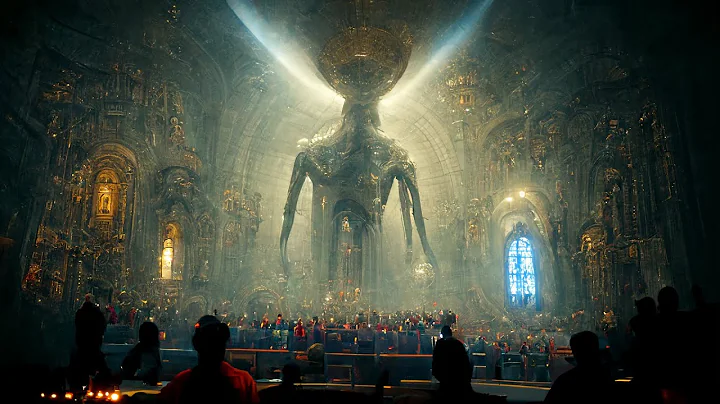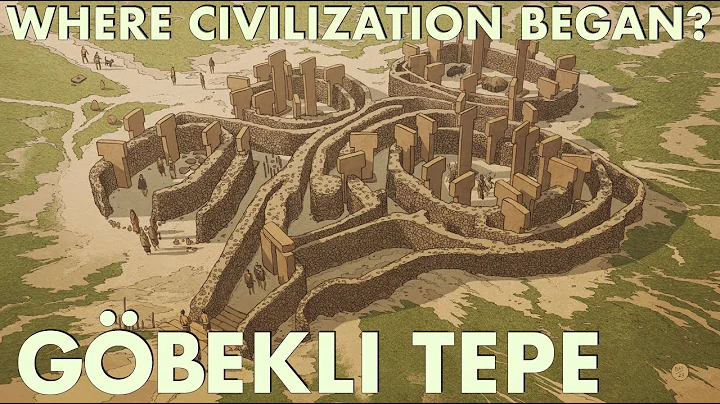Historically, people were restricted by technology, transportation, infrastructure and other conditions, and had to control their activities within a very narrow atmosphere. But as time went by, someone would eventually propose to explore the world, so famous navigators in history such as Columbus and Magellan set out to sea one after another to explore the ocean while exploring the continent. This was a fearless feat, although in It seemed so crazy at the time.
Although the process of exploring the ocean cannot be completely independent of other things, hundreds of years ago, people on the European continent were very brave and carried out various adventures and explorations in the Pacific Ocean, the Atlantic Ocean, and the small islands and lands they passed through. Only by sailing and dying again and again can people move further and gain richer knowledge.

"History of Pacific Exploration" co-authored by the famous British scholar and Ph.D. Dr. Nigel Rigby, Peter Vandemer, and Professor Glynn Williams is a detailed record of European exploration from the 1860s to the 19th century. The voyage in the Pacific in the 1930s, the people and experiences in the process brought detailed and irreplaceable information to later generations of research.
This book mainly includes: Cook and his three voyages, Arthur Philip and his journey to Australia, La Perouse's unfortunate voyage experience, Captain Bligh's trial, and Malaspina's lost story. travel, George Vancouver's North Pacific trip, Flinders's trip around Australia, and the "Beagle" expedition trip to South America, etc.



Detailed information, rich historical facts, as well as those ancient oil paintings, watercolors, etc. all highlight the extraordinary and great achievements in the history of Pacific navigation. Especially the chronicles of characters from various eras in the book. The fate of those people has been inseparable from navigation throughout their lives, as well as those famous warships , cargo ships, etc. The descriptions in the book are extremely detailed, leaving readers wondering. While I was excited about the sailing activities of that era, I also had to show endless worries.
In my memory, the first time I knew the name of Charles Robert Darwin was in the famous Japanese popular science cartoon " Mim " in the early 1990s. At that time, for I was particularly shocked, or even surprised, by the knowledge points of " Origin of Species " and the theory of evolution. In view of the limitations of the times, I really didn't understand or understand it. It wasn't until I entered senior grade that I really learned this knowledge from textbooks, and gained a comprehensive understanding and a new understanding of Darwin, one of the most famous scientists in the world.



Darwin took the "Beagle" on a five-year voyage from 1831 to 1836. The various materials that Darwin brought back during these five years were enough to shock the world. He brought back a total of 368 pages of zoology notes, 1,383 pages of geology notes, 770 pages of diaries, 1,529 species specimens preserved in alcohol bottles, and 3,907 air-dried species specimens. Nearly 20 years later, Darwin published The "Origin of Species" that shocked the world and was full of controversy.
This book introduces the history of European navigation in detail in chronological order, as well as the adventures of those brave people in the Pacific. Under extremely difficult conditions, these people discovered new continents, new routes, and new species, and carefully drew various nautical charts along the way. Their contribution is obvious to all.
Popular science: The Pacific Ocean is the largest and deepest ocean in the world, with the most marginal seas and islands. It is located between Asia, Oceania, Antarctica and North and South America. The longest length from north to south is about 15,900 kilometers, and the longest width from east to west is about 19,000 kilometers. The total area is 181.344 million square kilometers, with an average depth of 3,957 meters and a maximum depth of 11,034 meters. (from Baidu )





















